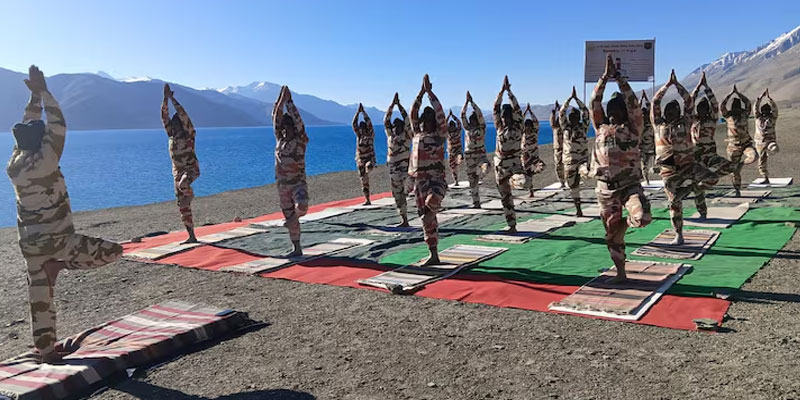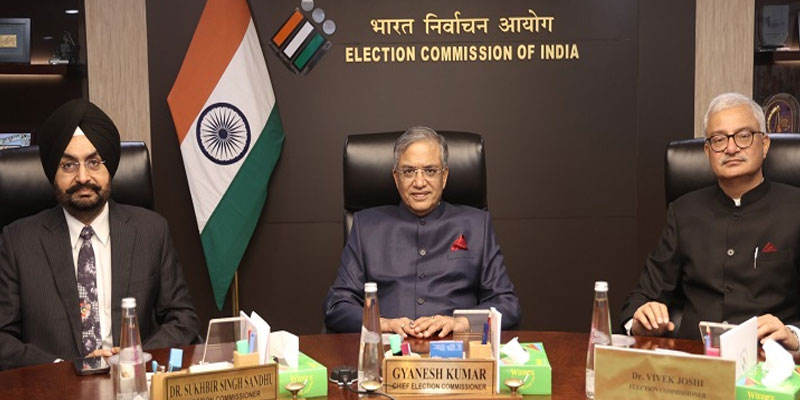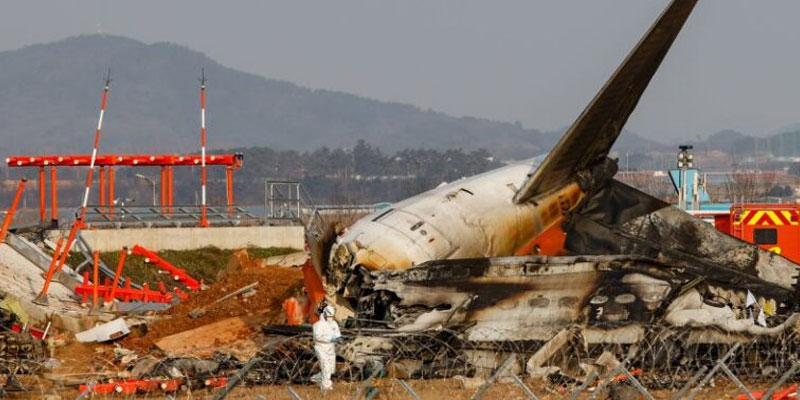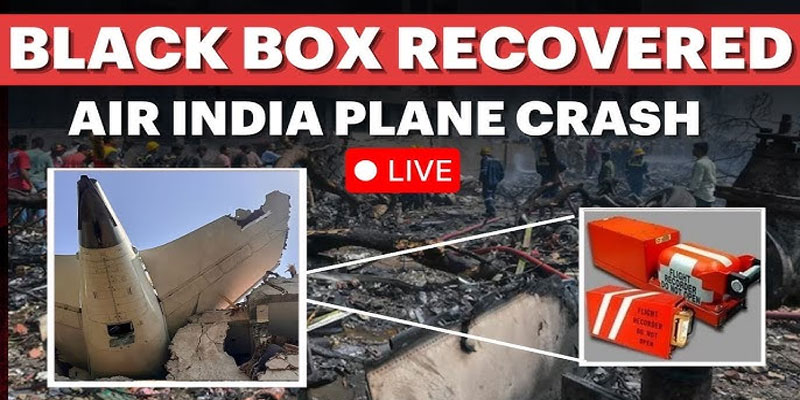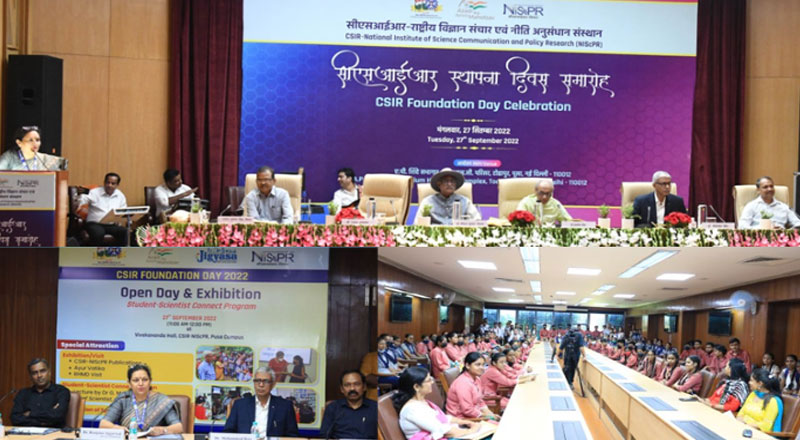India Logs 164 COVID-19 Cases in a Week
As COVID-19 infections spike across parts of Asia—including Hong Kong, Singapore, and Thailand—India has also reported a modest uptick in weekly cases. With 164 new cases logged between May 12 and May 19, the country now has 257 active cases, according to the Union Health Ministry. Although officials describe the situation as under control, the regional surge has placed public health agencies on high alert.
The fresh wave of COVID-19 in other Asian nations is attributed to waning immunity, new variants, and changing seasonal conditions. India’s response has so far emphasized vigilance, infrastructure readiness, and monitoring, as states like Kerala, Maharashtra, and Tamil Nadu report the highest number of new cases.
Asia’s COVID Comeback: Hong Kong, Singapore, Thailand Witness Surge
Hong Kong and Singapore—both previously praised for their pandemic management—are now witnessing a significant rise in COVID-19 cases. Hong Kong’s health officials described current viral activity as “quite high,” and Singapore reported a jump from 11,100 to 14,200 infections in just one week (April 27 to May 3). Hospitalizations also rose, although ICU admissions remain low.
The resurgence is primarily driven by emerging variants, LF.7 and NB.1.8, both descendants of the JN.1 lineage that circulated globally in 2024. Health authorities cite declining booster uptake and fading immunity as key factors enabling the virus to spread again, particularly among vulnerable populations.
Thailand and parts of China are also reporting periodic surges, signaling a broader pattern across the region. Experts now consider COVID-19 to be endemic in many places, with cyclical outbreaks influenced by immunity levels, seasonal changes, and behavioural factors like travel and gatherings.
India’s Situation: Mild Spike, But No Alarming Trends Yet
In contrast to its Asian neighbors, India’s rise in cases is still relatively minor. Kerala reported the most cases this past week (69), followed by Maharashtra (44), and Tamil Nadu (34). Maharashtra also reported two deaths, though doctors clarified that these were not directly caused by COVID-19. The deceased—an elderly cancer patient and a teenage girl with kidney failure—had tested positive but died from pre-existing conditions.
Mumbai’s KEM Hospital handled both cases, which sparked local controversy when one family was reportedly not allowed to claim the body due to COVID protocols. The Brihanmumbai Municipal Corporation (BMC) defended its handling, stating the patients died due to comorbidities and reaffirming that hospital infrastructure remains prepared.
However, there are concerns about the broader healthcare readiness in the state. Reports from Mumbai indicate nearly 200 primary health centers and sub-centers are struggling with inadequate staff, funds, and facilities. Community health volunteers flagged the burden placed on limited personnel, some of whom are tasked with monitoring over 1,200 households each.
Still, BMC has asked residents to remain calm and avoid panic, citing no significant cluster outbreaks or severe cases in recent months.
What’s Fueling the Regional Spike?
Singapore’s health ministry points to the twin pressures of waning immunity and new variant transmission as key factors behind the rising case count. LF.7 and NB.1.8 now account for the majority of infections there. While these strains are not considered more lethal, their high transmissibility—especially among those without recent booster shots—makes them potent spreaders.
Furthermore, COVID’s transformation into an endemic disease means countries are now seeing periodic waves, much like seasonal influenza. Hong Kong’s Center for Health Protection stated that its local surges align with global trends and shifts in variant dominance, compounded by the natural decline of herd immunity over time.
India, by contrast, has not confirmed the presence of these new sub-variants in circulation. Nonetheless, the Ministry of Health has convened review meetings with experts from the Indian Council of Medical Research (ICMR), National Centre for Disease Control (NCDC), and other key health bodies to assess preparedness and risk levels. Officials say all necessary surveillance and response mechanisms are active.
A Moment for Preparedness, Not Panic
India’s current COVID-19 numbers may not be alarming, but the surge in neighboring countries is a reminder of the virus’s persistence and unpredictability. With new variants emerging and immunity waning in populations that have not had recent boosters, vigilance remains key.
The mild uptick in India should serve as a wake-up call to reinforce local healthcare infrastructure, especially in densely populated cities like Mumbai. Ensuring vaccine booster campaigns, adequate staffing in public health facilities, and robust communication strategies will be critical in preventing a larger outbreak.
As Asia braces for yet another potential wave, India finds itself at a crossroads between stability and resurgence. The steps taken now—grounded in preparedness, transparency, and science—could determine whether the country navigates this phase with minimal disruption or faces another health crisis.
(With agency inputs)







